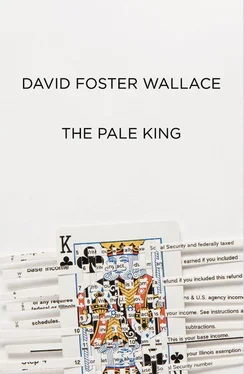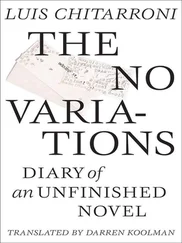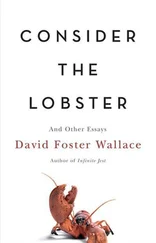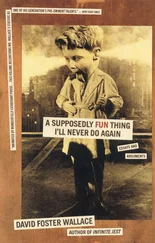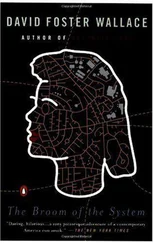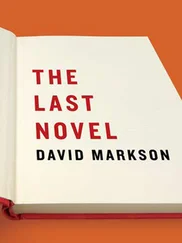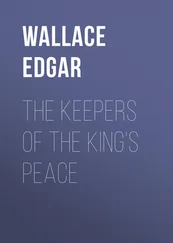Four separate licensed, bonded physicians apparently testified that the Bavarian mystic Therese Neumann’s stigmata comprised corticate dermal structures that passed medially through both her hands. Therese Neumann’s additional capacity for inedia was attested in writing by four Franciscan nuns who attended her in rotating shifts from 1927 to 1962 and confirmed that Therese lived for almost thirty-five years without food or liquid of any kind; her one recorded bowel movement (12 March 1928) was determined by laboratory analysis to comprise only mucus and empyreumatic bile.
A Bengali holy man known to followers as ‘Prahansatha the Second’ underwent periods of meditative chanting during which his eyes exited their sockets and ascended to float above his head, connected only by their dura mater cords, and thereupon underwent (i.e., the floating eyes did) rhythmically stylized rotary movements described by Western witnesses as evocative of dancing four-faced Shivas, of charmed snakes, of interwoven genetic helices, of the counterpointed figure-eight orbits of the Milky Way and Andromeda galaxies around each other at the perimeter of the Local Group, or of all four (supposedly) at once.
Studies of human algesia have established that the musculoskeletal structures most sensitive to painful stimulation are: the periosteum and joint capsules. Tendons, ligaments, and subchondral bone are classified as significantly pain-sensitive, while muscle and cortical bone’s sensitivity has been established as moderate, and articular cartilage and fibrocartilage’s as mild.
Pain is a wholly subjective experience and thus ‘inaccessible’ as a diagnostic object. Considerations of personality type also complicate the evaluation. As a general rule, however, the observed behavior of a patient in pain can provide a measure of (a) the pain’s intensity and (b) the patient’s ability to cope with it.
Common fallacies about pain include:
People who are critically ill or gravely injured always experience intense pain.
The greater the pain, the greater the extent and severity of damage.
Severe chronic pain is symptomatic of incurable illness.
In fact, patients who are critically ill or gravely injured do not necessarily experience intense pain. Nor is the observed intensity of pain directly proportional to the extent or severity of damage; the correlation depends also on whether the ‘pain pathways’ of the anterolateral spinothalamic system are intact and functioning within established norms. In addition, the personality of a neurotic patient may accentuate felt pain, and a stoic or resilient personality may diminish its perceived intensity.
No one ever did ask him. His father believed only that he had an eccentric but very limber and flexible child, a child who’d taken Kathy Kessinger’s homilies about spinal hygiene to heart the way some children will take things to heart and now spent a lot of time flexing and limbering his body, which as the queer heartcraft of children went was preferable to many other slack or damaging fixations the father could think of. The father, an entrepreneur who sold motivational tapes through the mail, worked out of a home office but was frequently away for seminars and mysterious evening sales calls. The family’s home, which faced west, was tall and slender and contemporary; it resembled one half of a duplex town house from which the other half had been suddenly removed. It had olive-colored aluminum siding and was on a cul-de-sac at the northern end of which stood a side entrance to the county’s third-largest cemetery, whose name was woven in iron above the main gate but not above that side entrance. The word that the father thought of when he thought of the boy was: dutiful, which surprised the man, for it was a rather old-fashioned word and he had no idea where it came from when he thought of him in there, from outside the door.
Doctor Kathy, who sometimes saw the boy for continuing prophylactic adjustments to his thoracic vertebrae, facets, and anterior rami, and was not a loon or a huckster in a shopping-center office but simply a DC who believed in the interpenetrating dance of spine, nervous system, spirit, and cosmos as totality — in the universe as an infinite system of neural connections that had evolved, at its highest point, an organism which could sustain consciousness of both itself and the universe at the same time, such that the human nervous system became the universe’s way of being aware of and thus ‘accessible [to]’ itself — Doctor Kathy believed the patient to be a very quiet, inner-directed boy who had responded to a traumatic T3 subluxation with a commitment to spinal hygiene and neurospiritual integrity that might well signal a calling to chiropractic as an eventual career. It was she who had given the boy his first, comparatively simple stretching manuals, as well as the copies of B. R. Faucet’s famous neuromuscular diagrams (©1961, Los Angeles College of Chiropractic) out of which the boy fashioned the freestanding four-sided cardboard chart that stood as if guarding his pillowless bed while he slept.
The father’s belief in ATTITUDE as the overarching determinant of ALTITUDE had been unwavering since his own adolescence, during which awkward time he had discovered the works of Dale Carnegie and of the Willard and Marguerite Beecher Foundation, and had utilized these practical philosophies to bolster his own self-confidence and to improve his social standing — this standing, as well as all interpersonal exchanges and incidents which served as evidence thereof, was charted weekly and the charts and graphs displayed for ease of reference on the inside of his bedroom’s closet door. Even as a provisional and secretly tortured adult, the father still worked tirelessly to maintain and improve his attitude and so influence his own altitude in personal achievement. To the medicine cabinet’s mirror in the home’s bathroom, for instance, where he could not help but reread and internalize them as he tended to personal grooming, were taped inspirational maxims such as:
‘NO BIRD SOARS TOO HIGH, IF HE SOARS WITH HIS OWN WINGS— BLAKE ’
‘IF WE ABDICATE OUR INITIATIVE, WE BECOME PASSIVE — RECEPTIVE VICTIMS OF ON-COMING CIRCUMSTANCES— BEECHER FOUNDATION ’
‘DARE TO ACHIEVE! — NAPOLEON HILL ’
‘THE COWARD FLEES EVEN WHEN NO MAN PURSUETH— BIBLE ’
‘WHATEVER YOU CAN DO OR DREAM, YOU CAN BEGIN IT. BOLDNESS HAS GENIUS, POWER AND MAGIC IN IT. BEGIN IT NOW! — GOETHE ’
and so forth, dozens or at times even scores of inspirational quotes and reminders, carefully printed in block capitals on small, fortune cookie — sized slips of paper and taped to the mirror as written reminders of the father’s personal responsibility for whether he soared boldly, sometimes so many slips and pieces of tape that only a few slots of actual mirror were left above the bathroom’s sink, and the father had to almost contort himself even to see to shave.
When the boy’s father thought of himself, on the other hand, the word that came unbidden first to mind was always: tortured. Much of this secret torture — whose causes he perceived as impossibly complex and protean and involving both normal male sexual drives and highly abnormal personal weakness and lack of backbone — was actually quite simple to diagnose. Wedded at twenty to a woman about whom he’d known just one salient thing, this father-to-be had almost immediately found marriage’s conjugal routines tedious and stifling; and the sense of monotony and sexual obligation (as opposed to sexual achievement) had caused in him a feeling that he felt must be almost like death. Even as a newlywed, he had begun to suffer from night terrors and to wake from nightmares of some terrible confinement feeling unable to move or breathe. These dreams did not exactly take any kind of psychiatric Einstein to interpret, the father knew, and after almost a year of inner struggle and complex self-analysis he had given in and begun seeing another woman, sexually. This woman, whom the father had met at a motivational seminar, was also married, and had a small child of her own, and they had agreed that this put some sensible limits and restrictions on the affair.
Читать дальше
